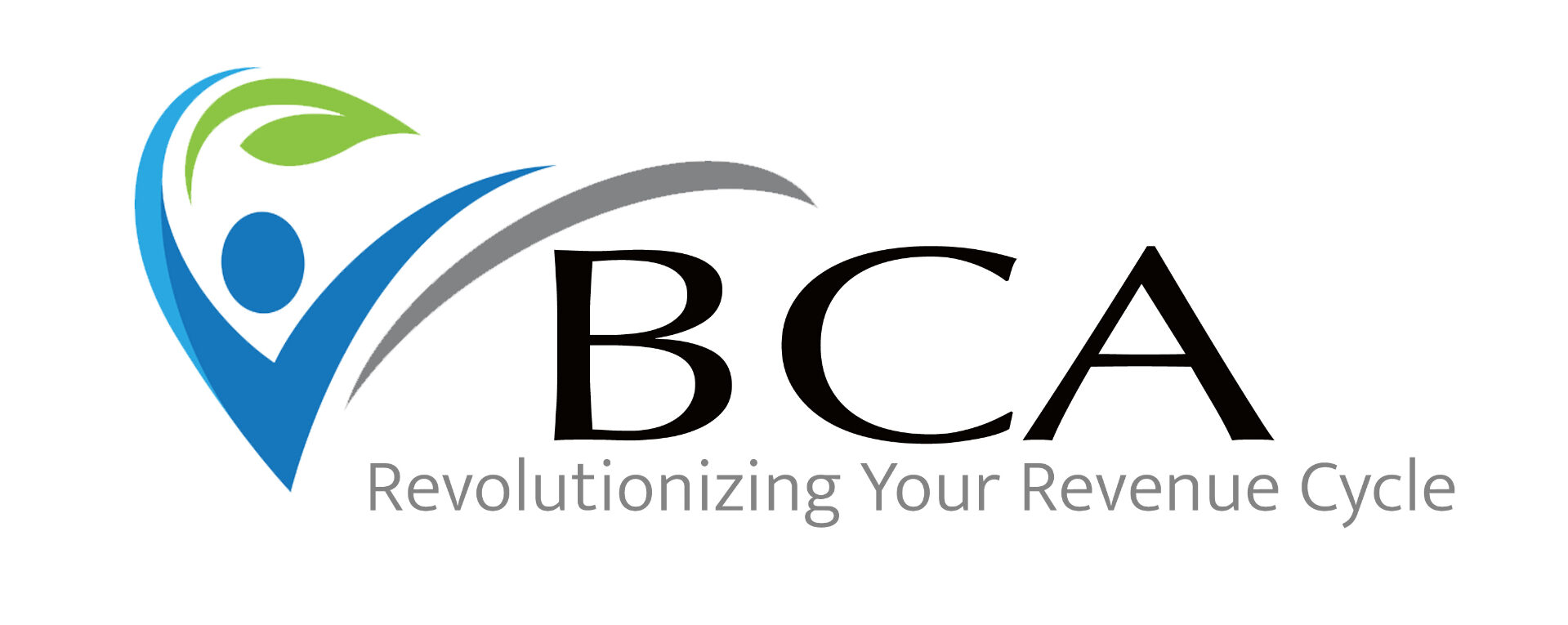Aligning clinical and operational quality initiatives is critical for medical directors and quality managers to achieve better patient outcomes. In this article, we’ll explore strategies for integrating quality improvement (QI) across departments and the pivotal role of leadership in fostering a culture of continuous improvement.
Importance of Aligning Clinical and Operational Quality Initiatives
In healthcare, clinical and operational quality are inextricably linked. While clinical quality focuses on patient care and outcomes, operational quality addresses the efficiency and effectiveness of healthcare delivery. Aligning these two aspects of quality is essential for holistic improvement.
Unified Vision for Quality: Aligning clinical and operational quality begins with a unified vision prioritizing patient outcomes. This vision should be communicated clearly across the organization, ensuring that all departments understand how their work contributes to the overall goal of delivering high-quality care.
Collaborative Goal Setting: Involve clinical and operational teams in setting QI goals. This collaboration ensures that goals are realistic, achievable, and supported by the necessary resources. For example, increasing screening rates requires clinical protocols and operational support for patient education processes.
Integrated Processes: Develop processes that bridge the gap between clinical and operational functions. For example, streamlined patient flow from appointment setting to checkout can reduce wait times, improve patient satisfaction, and enhance clinical outcomes. Integration should be reflected in both policy and practice.
Strategies for Integrating Quality Improvement Across Departments Using Data Analytics and Workflow Adjustments
Data analytics and workflow adjustments are powerful tools for integrating QI efforts across departments. When used effectively, they can significantly improve clinical and operational quality outcomes.
Leveraging Data Analytics: Data analytics allows for identifying patterns and trends that may not be immediately apparent. For example, data may indicate that patients with chronic conditions are more likely to experience missed follow-ups or incomplete documentation during busy periods. This insight can prompt workflow adjustments, such as scheduling dedicated time slots for chronic care management or implementing automated reminders to ensure comprehensive documentation and follow-up care.
Workflow Optimization: Use data-driven insights to optimize workflows across departments. For example, if data reveals delays in the patient intake process, operational teams can collaborate with clinical staff to streamline patient registration and pre-visit paperwork. This can reduce wait times, improve patient flow, and enhance the overall patient experience.
Cross-Departmental Collaboration: Encourage regular communication between departments to share data and insights. For example, clinical teams can provide feedback on how operational changes impact patient care, while operational teams can offer suggestions for improving clinical workflows. This collaboration ensures that QI efforts are aligned and mutually reinforced.
The Role of Leadership in Fostering a Culture of Quality and Continuous Improvement
Leadership is crucial in driving QI efforts and creating a culture of continuous improvement. Medical directors and quality managers have a unique opportunity to lead these initiatives and motivate their teams.
Leading by Example: Through actions and decisions, demonstrate a commitment to quality improvement. Leaders should be visible participants in QI initiatives, attending meetings, reviewing data, and making data-driven decisions. This sets a tone of accountability and emphasizes the importance of quality at all levels.
Empowering Teams: Provide teams with the tools, training, and autonomy they need to succeed in QI efforts. Empowering staff to take ownership of quality initiatives fosters a sense of responsibility and encourages innovative solutions to quality challenges.
Building a Culture of Continuous Improvement: Encourage a continuous improvement mindset, where teams are always looking for ways to enhance quality. Celebrate successes and learn from setbacks, using them as opportunities for growth. This culture should be ingrained in every aspect of the organization, from daily operations to long-term planning.
Aligning clinical and operational quality initiatives is key to improving patient outcomes and organizational performance. Medical directors and quality managers can drive meaningful change by leveraging data analytics, optimizing workflows, and fostering a culture of continuous improvement. Leadership plays a vital role in these efforts, ensuring that quality improvement is the organization’s shared responsibility and central focus.
At BCA, we understand the importance of aligning clinical and operational quality initiatives to improve patient outcomes. Our expert consulting services focus on leveraging data analytics, documentation, and coding practices to capture the right metrics for continuous improvement. Reach out to us today to discover how we can help your leadership team drive quality and innovation in your practice.
